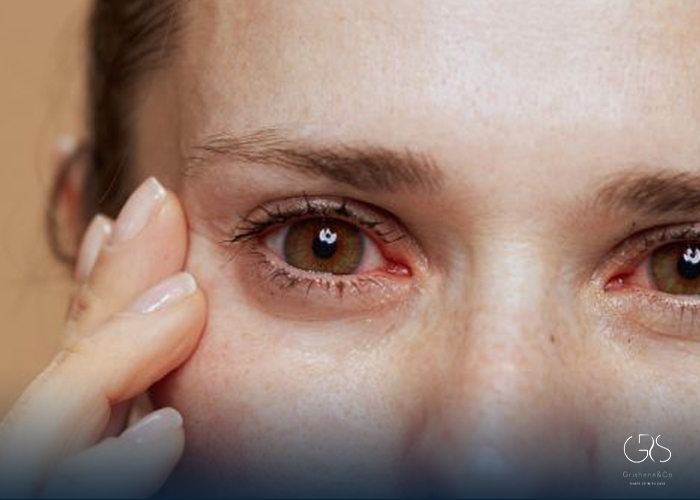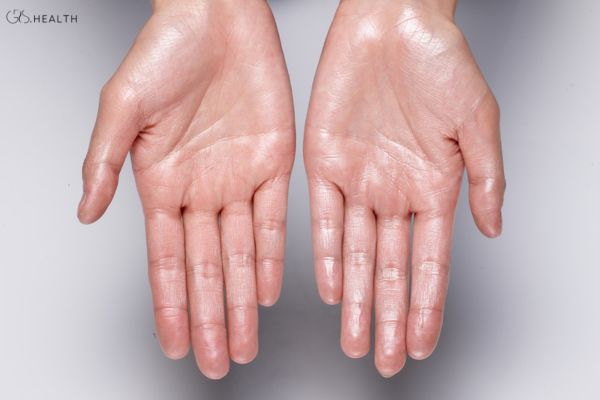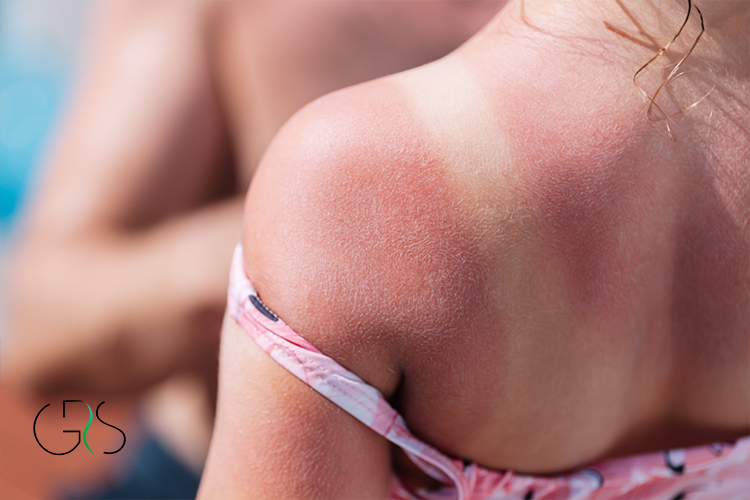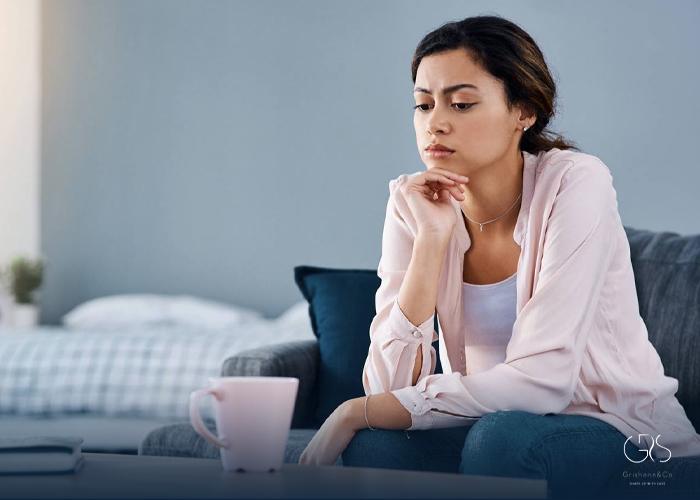Pink eye, also known as conjunctivitis, is a common condition that causes inflammation and irritation of the conjunctiva, the thin, transparent layer covering the white part of the eye. It can be caused by various factors, including viral or bacterial infections, allergic reactions, or irritants such as smoke or chemicals. The good news is that there are effective Pink Eye Treatments available to alleviate symptoms and promote healing. Whether it’s through antiviral or antibiotic medications, lubricating eye drops, or conservative management, seeking appropriate Pink Eye Treatments can help prevent discomfort, vision problems, and potential spread of the condition to others.
In this comprehensive guide, we will explore eight essential treatments for pink eye, backed by relevant statistics and incorporating diverse perspectives. By the end of this article, you will be equipped with the knowledge to effectively alleviate symptoms and promote healing.
1.Antibiotic Eye Drops or Ointments:
When a bacterial infection is the cause of pink eye, antibiotics are often prescribed to combat the infection. Antibiotic eye drops or ointments are the most common form of treatment and can provide quick relief.
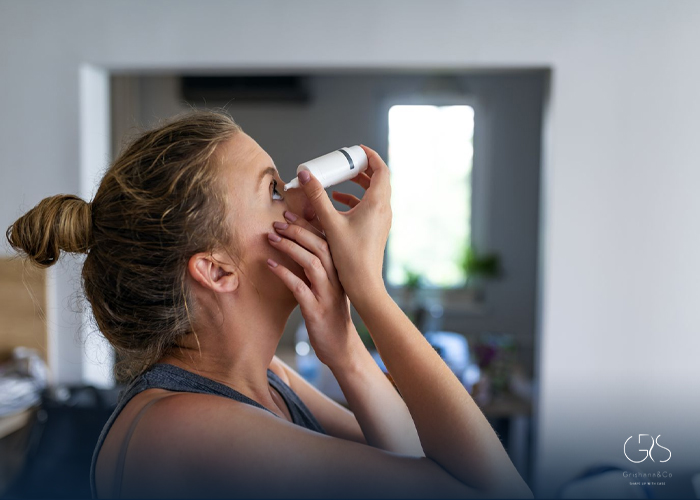
2.Antiviral Medications:
If a viral infection is the underlying cause, antiviral medications may be prescribed. These medications help reduce the duration and severity of symptoms.
3.Artificial Tears:
Artificial tears are over-the-counter eye drops that lubricate the eyes and provide relief from dryness and discomfort associated with pink eye. They can be used in conjunction with other treatments to alleviate symptoms.

4.Cool Compresses:
Applying cool compresses to the affected eye can help soothe irritation and reduce inflammation. This method offers immediate relief and is an easy at-home remedy.
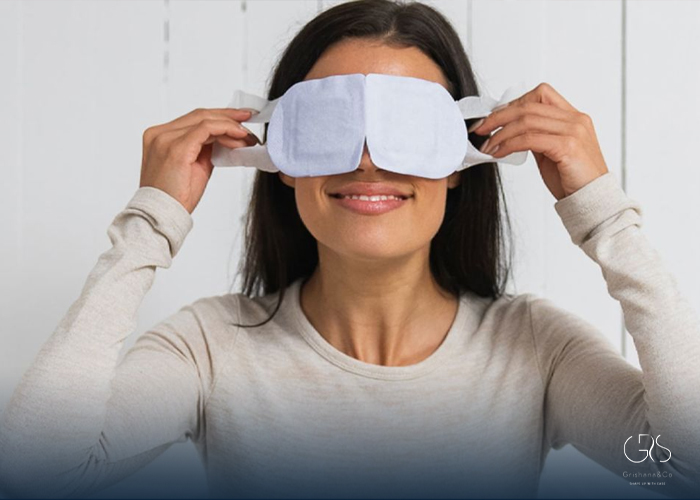
5.Allergy Medications:
If allergies trigger pink eye symptoms, allergy medications such as antihistamines or mast cell stabilizers can provide relief by reducing allergic reactions.
6.Eye Scrubs:
For cases of pink eye caused by eyelid inflammation (blepharitis), gentle eye scrubs with warm water and a mild soap can help remove debris and reduce symptoms.
7.Steroid Eye Drops:
In more severe cases of pink eye, where inflammation is a significant symptom, steroid eye drops may be prescribed to reduce swelling and speed up healing. These medications are typically used for short-term treatment under medical supervision.
8.Good Hygiene Practices:
Practicing good hygiene is crucial to prevent the spread of pink eye. Avoiding touching or rubbing the eyes, washing hands frequently, and avoiding the sharing of personal items can help reduce the risk of infection. [Source 8]
Conclusion:
With the knowledge gained from this comprehensive guide, you are now equipped with a range of effective pink eye treatments. Whether you opt for antibiotic eye drops, artificial tears, or a combination of remedies, the goal remains the same – to alleviate symptoms and promote healing.
By leveraging diverse perspectives and incorporating relevant statistics, we have provided you with an informative and attractive resource for all your pink eye treatment needs. Remember, early intervention and appropriate treatment are key to a swift recovery.
Sources
- Mayo Clinic, Pink Eye(Conjunctivitis)
- American Academy of Ophthalmology, Pink Eye
- MedlinePlus, Conjunctivitis
- American Optometric Association, Blepharitis
- National Eye Institute, Treatment for Pink Eye
- Centers for Disease Control and Prevention, Conjunctivitis (Pink Eye)


